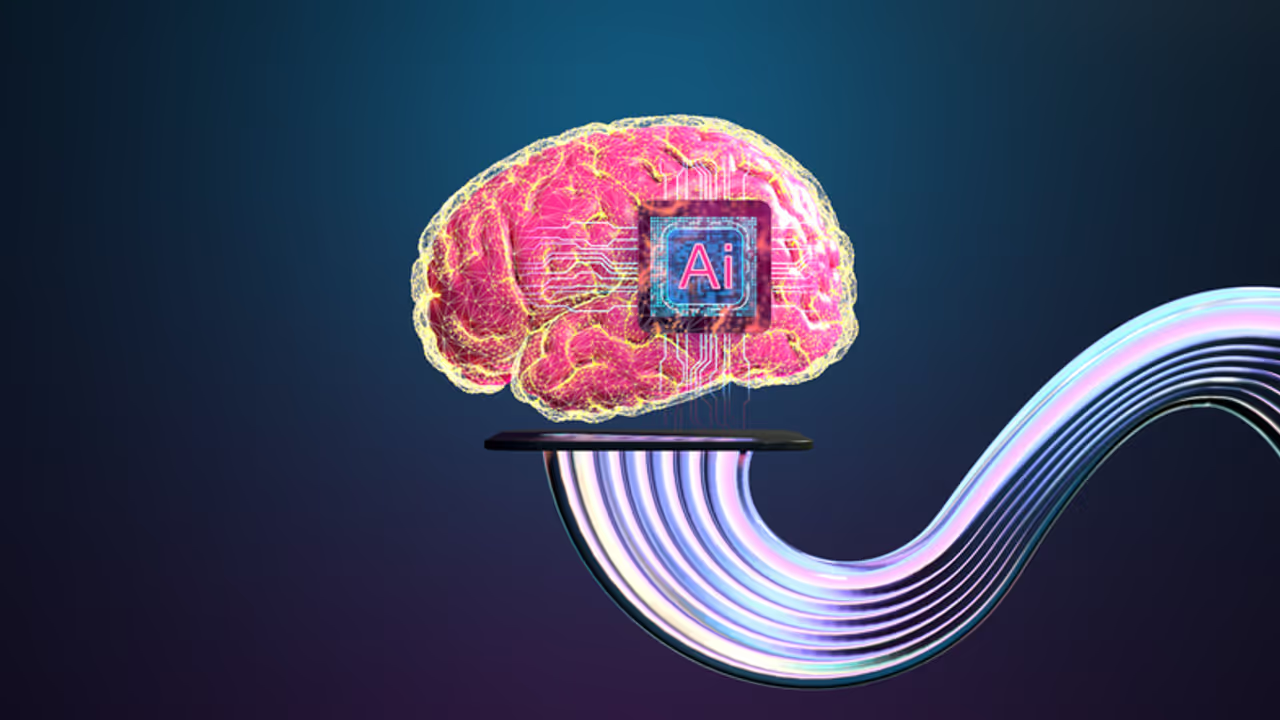Engineers from USC and UCLA have developed a wireless, AI-driven spinal implant that delivers smart, real-time pain relief. Powered by ultrasound, it adapts to brain signals, removing the need for opioids, wires, or batteries.
A team of engineers from the University of Southern California (USC) and University of California, Los Angeles (UCLA) has built a wireless spinal implant that delivers real-time, personalised relief from pain, reports Science Daily. It is powered by ultrasound, uses artificial intelligence (AI) to respond to pain signals, and does not require batteries, wires, or opioids.

How the device works
The implant, called the UIWI stimulator, is powered by an external, wearable ultrasound transmitter. It uses ultrasound energy to reach deep tissue safely and converts that energy into electricity using the piezoelectric effect, a process where mechanical pressure turns into electrical charge.
At the core of the device is a miniature piezoelectric element made from lead zirconate titanate (PZT), chosen for its high energy conversion efficiency.
Adapts to brain signals in real time
The system continuously monitors brain activity using EEG signals, which reflect pain levels. An AI model called ResNet-18 analyzes the brain signals and classifies pain into slight, moderate, or extreme. This model has an accuracy of 94.8%.
Once the level of pain is identified, the ultrasound transmitter adjusts the power it sends, and the implant converts it into the right amount of electrical stimulation. This feedback loop allows for smart, real-time pain management.
Smart, flexible, and bendable
Unlike traditional spinal cord stimulators, the UIWI device is small, flexible, and can bend or twist with the spinal cord, allowing for natural movement and minimally invasive placement. It works by rebalancing pain signals, effectively reducing the sensation of pain.
Tested and proven in lab experiments
In lab tests with rodents, the implant was shown to reduce both mechanical and thermal pain responses. Animals receiving treatment showed clear signs of pain relief and even preferred the environment where the device was active — a strong indication of its effectiveness.
A step toward drug-free, intelligent pain therapy
Lead researcher Qifa Zhou and Ph.D. candidates Yushun (Sean) Zeng and Chen Gong believe this technology could replace both drug-based pain relief and conventional stimulators. With its non-invasive, AI-guided, and battery-free design, the UIWI stimulator may soon reshape how chronic pain is managed.


